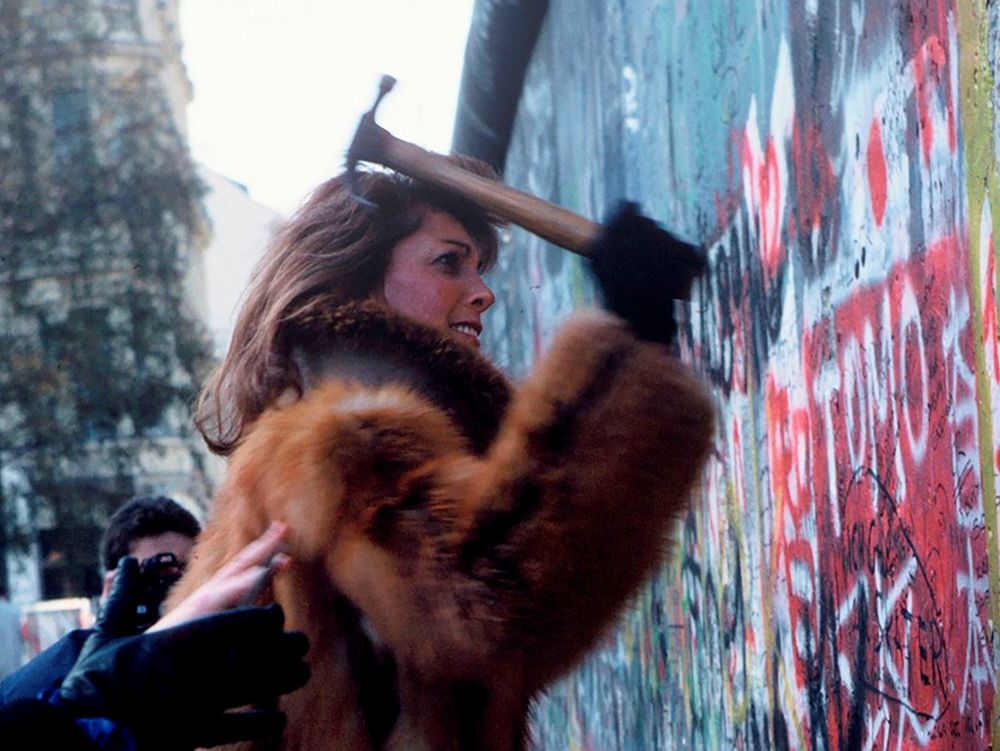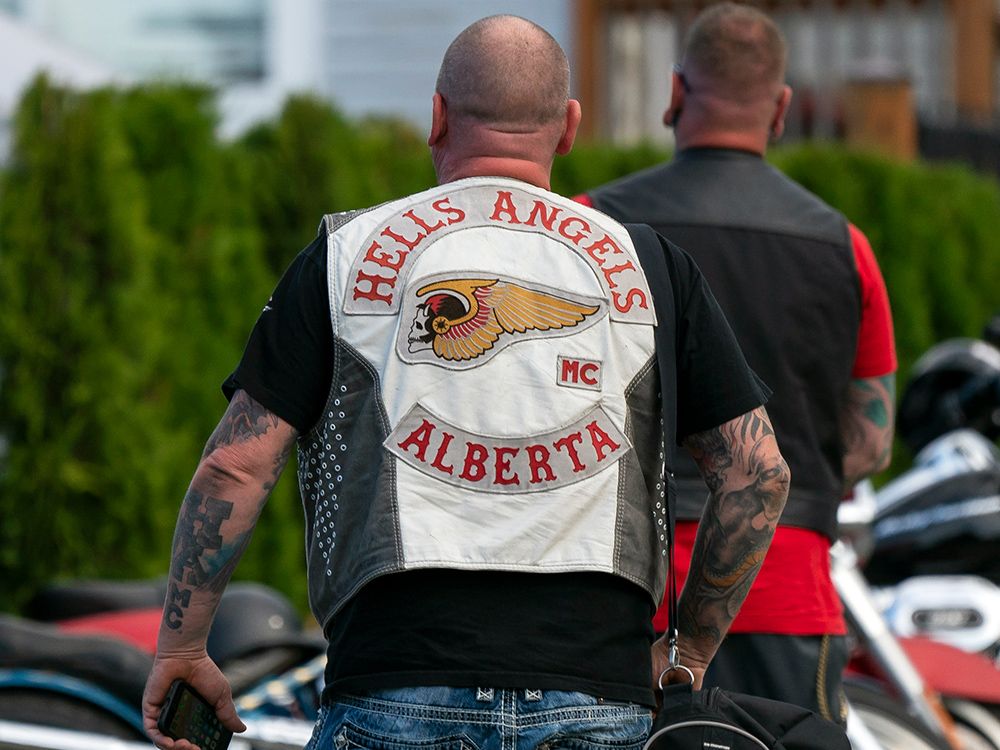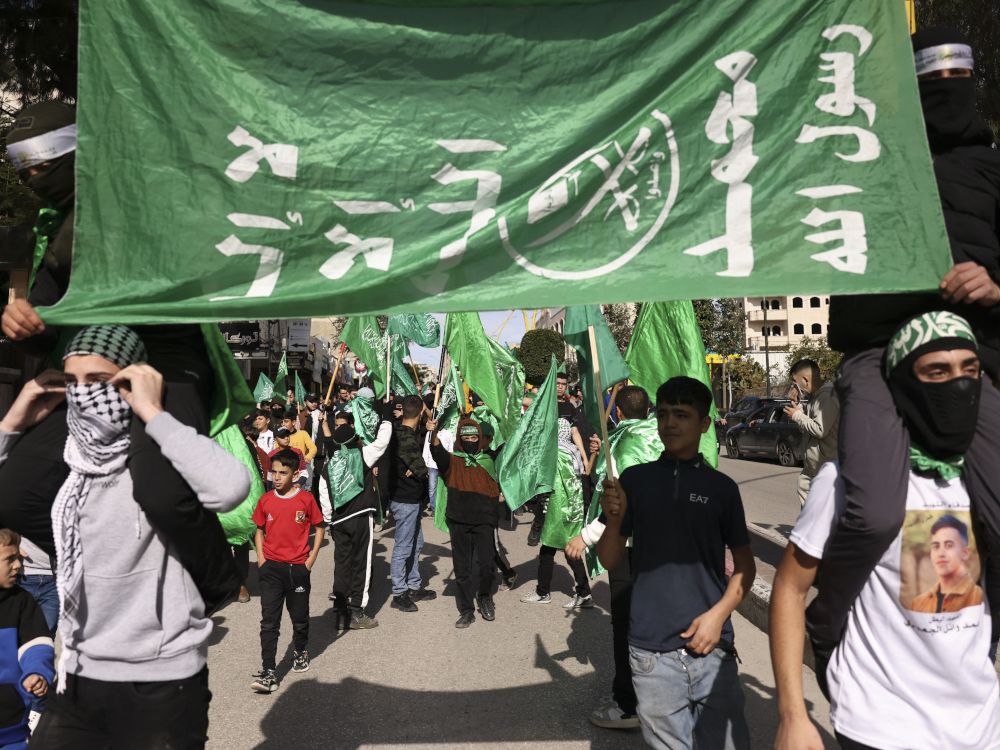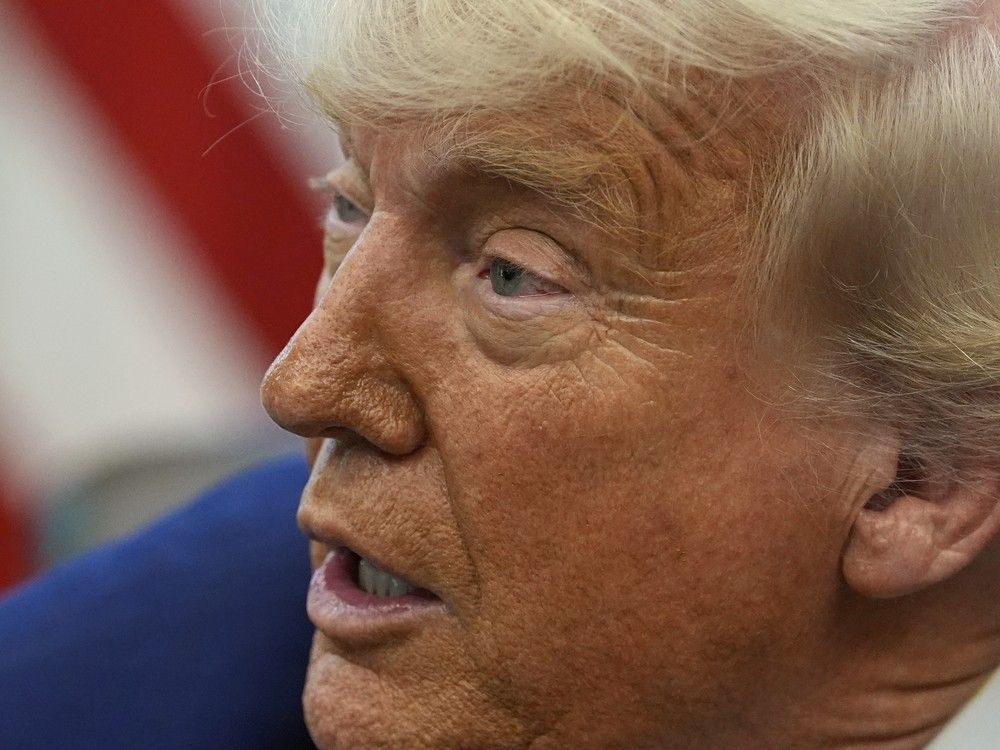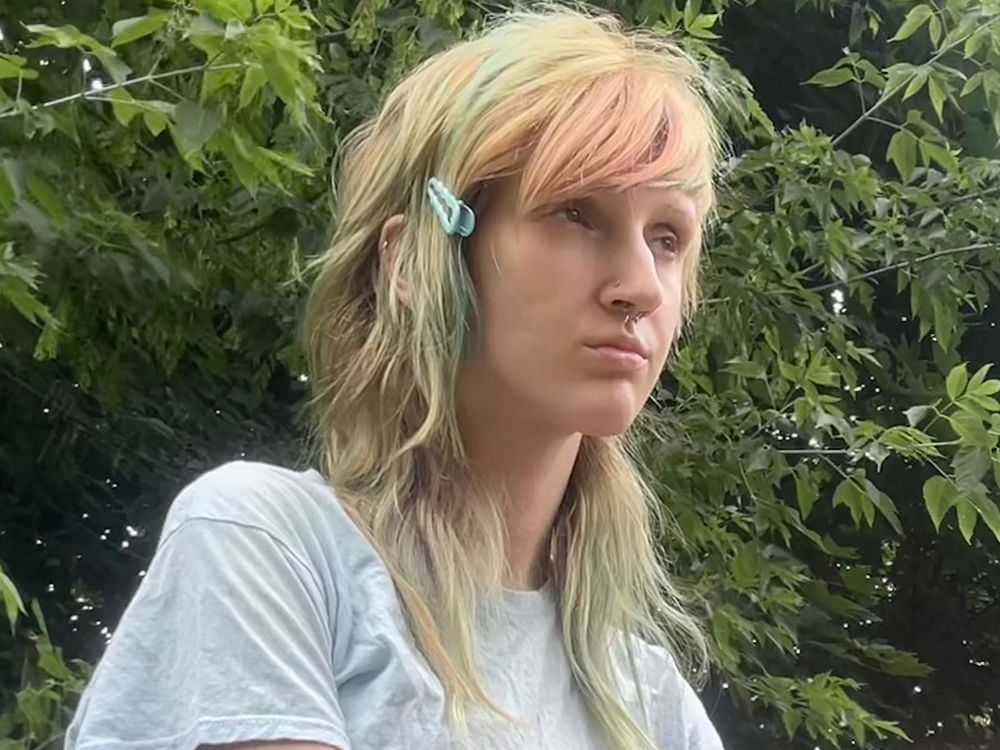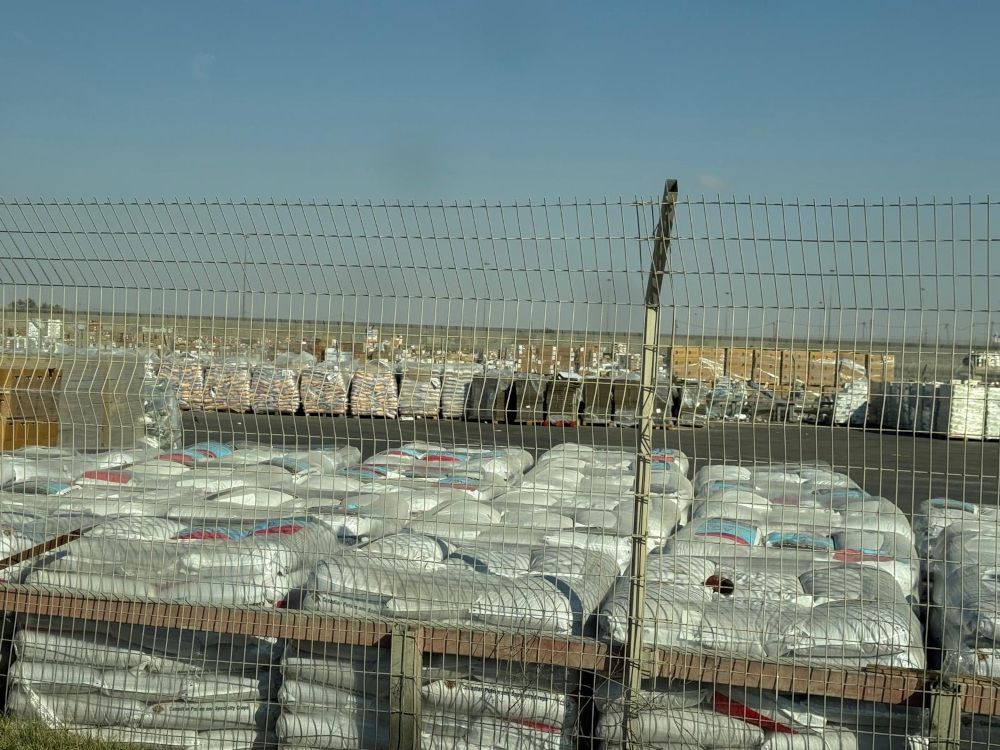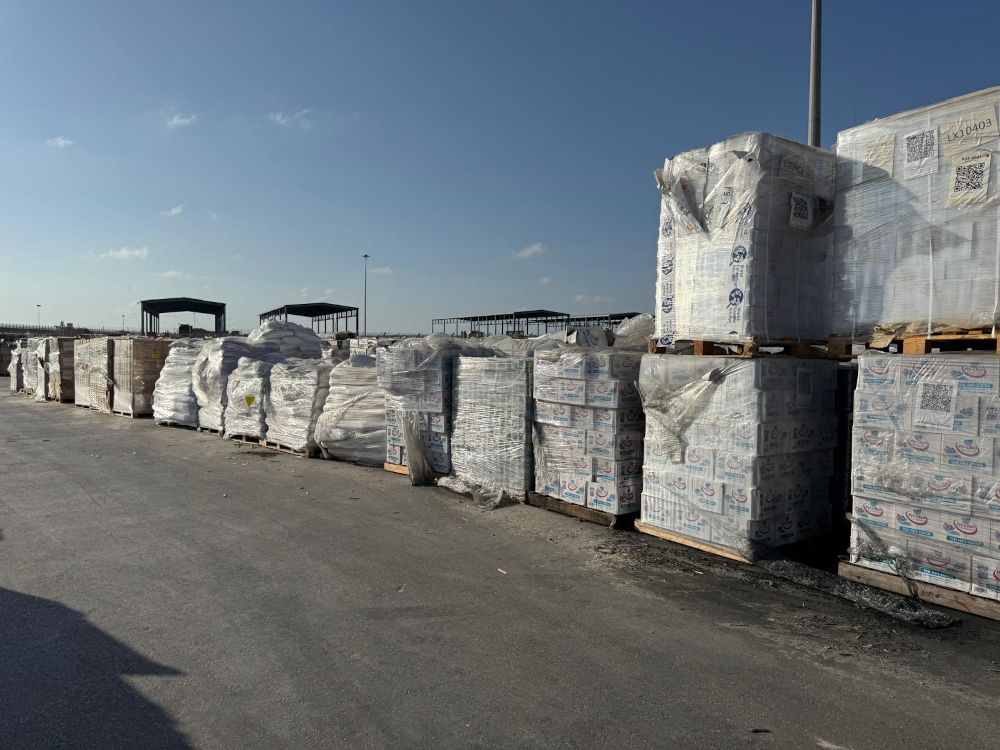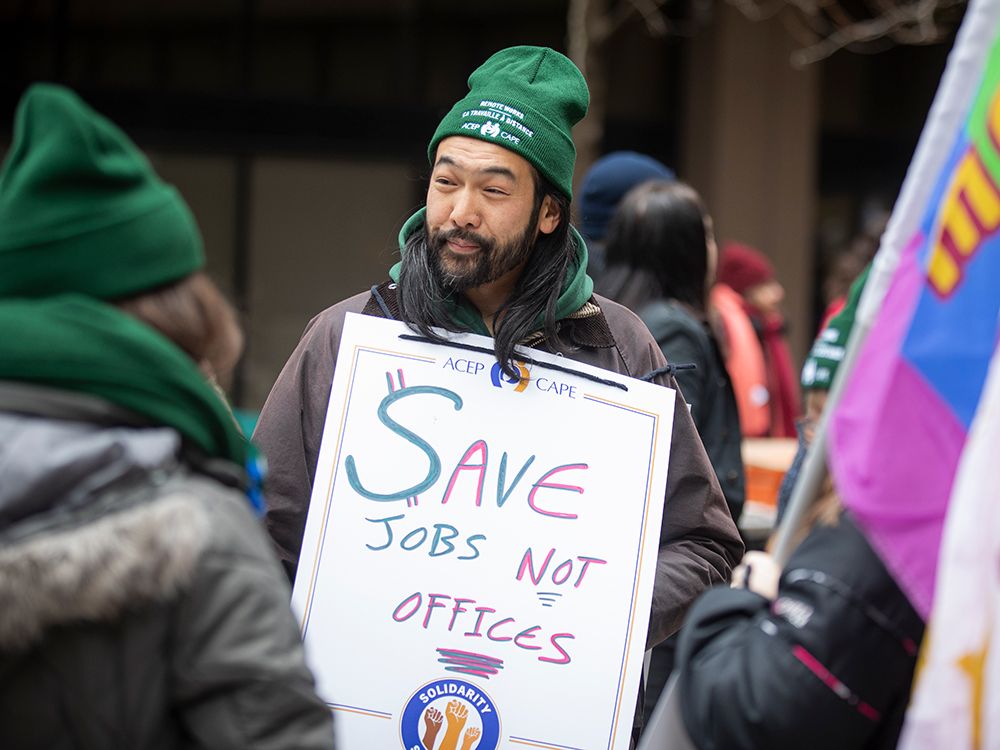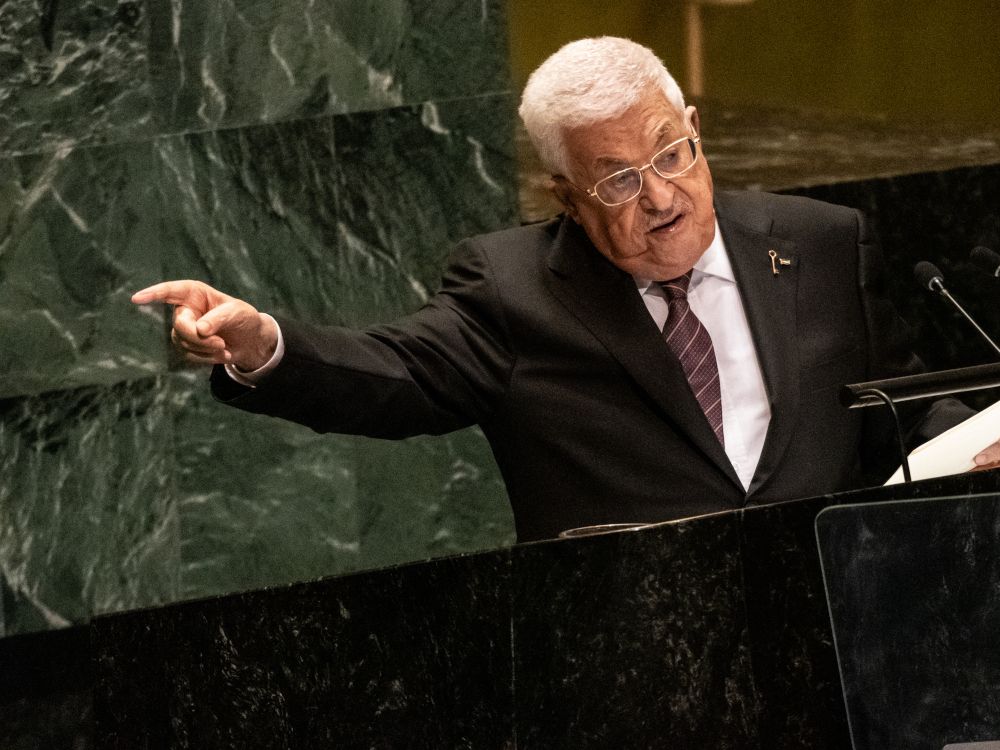
Re: Mark Carney to officially recognize Palestinian state — Christopher Nardi, July 30; and Carney’s Palestinian recognition emboldens terror, not peace — John Ivison, July 30
Prime Minister Mark Carney’s recognizing a Palestinian state has nothing to do with supporting the people of Gaza. It has everything to do with destroying Canada’s relationship with Israel, the only democracy in the Middle East and a long-time ally. His overriding bias against Israel seems to determine all his decisions regarding the war initiated by Hamas.
Carney claiming that he will recognize a Palestinian state is simply shameful posturing for political gain. It is a gesture without real meaning since there has been no discussion re borders or leadership or governance. Without any structure in place, what is there to recognize?
Carney may think the world will view his posturing in front of the UN as a demonstration of strong leadership. He is mistaken. To abandon an ally that is fighting the threat of total destruction is not leadership, it is cowardice. To ignore the horrors perpetuated by Hamas and its followers is unforgivable. To blame all the suffering in Gaza on Israel is immoral and irresponsible. Future Canadians will judge Carney as being “on the wrong side of history.”
Phyllis Levin, Toronto
Mark Carney and his illiberal liberal government are displaying an appalling lack of understanding of history in their rush to recognize Palestinian statehood, and in so doing are destroying the values that have served Canada well throughout much of our history.
The reality is that the Palestinians have been offered a two-state solution on multiple occasions, and on each and every occasion, they have declined the offer. This is because Hamas and their predecessors have no interest in peace. They seek the total eradication of Israel.
Thousands of Canadian soldiers paid the ultimate price in two world wars, the Korean War and Afghanistan to protect democracy from totalitarianism. They must be spinning in their graves with a Canadian government destroying our values of peace, order, good government and respect by kowtowing to murderers and terrorists.
There is no indication that Canada’s willingness to reward terrorists with statehood will bring peace in our time.
Gordon S. Clarry, Etobicoke, Ont.
Views vary on Hockey Canada trial aftermath
Re: NHLPA says acquitted hockey players should get to ‘return to work’ after sex assault verdict — Amna Ahmad, July 25
The criminal justice system employed in Canada has evolved rules and principles over centuries. The process has been tested countless times by educated and specialized individuals. The result is the most just system in the world for generating the truth of a situation or circumstances. Is it perfect? No, but within the confines of the human experience it is as close to being perfect as we can achieve. It is trusted by millions of people in western democracies around the world.
Why then do NHL Commissioner Gary Bettman and the league take the position that they will now conduct their own review of the case and the players’ acquittals?
These five hockey players, like others in the professional ranks, likely became serious about being athletes at a young age. They will have put in more than a decade of discipline and dedication to rigorous physical conditioning and good nutritional habits, and most of all they will have forgone the fun of growing up unfettered with their non-athlete friends.
The NHL does not deserve to play by its own rules in this case and should accept the exoneration by the justice system as final, and allow these young men to continue to compete for inclusion on NHL hockey teams.
Robert Garrett, Chemainus, B.C.
What can’t be ignored by any analysis of this case, is that the five men accused and then acquitted, all admitted to participating in the degradation of another human being, regardless of whether that person was a willing participant or not. By admitting their participation to this obscenity, they’ve debased themselves to the point where any redemption must be hard earned. In my opinion, resuming a multimillion-dollar career doesn’t count.
Paul Baumberg, Dead Man’s Flats, Alta.
Solving Battle River—Crowfoot’s long-ballot blues
Re: There are easy solutions to the ‘longest ballot’ problem, so let’s end it now — Chris Selley, July 29
Writing about the unusual rules for the Battle River-Crowfoot byelection — where instead of marking an “X” beside a candidate’s name, the elector must write the candidate’s name — Chris Selley may have inadvertently left the incorrect impression that some sort of literacy test has been introduced when he wrote, “If you can read the candidate’s name, you ought to be able to write it down as well.”
In fact, if you can’t read the name, or you can’t write the name, you can bring along somebody who can to help you with either task, who will be sworn to secrecy to assist you, or a sworn elections official can assist you, confidentially.
Graham Haig, Toronto
Justice done in case of man who threatened to bomb synagogues
Re: Man planning to bomb Toronto synagogues ‘to kill as many Jews as possible’ gets house arrest as punishment — Adrian Humphreys, July 29
Justice was done In the case of the man sentenced to 60 days house arrest for threatening “to kill as many Jews as possible” to a car salesman in private.
What your article did not say about Waisuddin Akbari’s sentence is that Justice Edward Prutschi, a devoted Jew, supporter of Israel and respected judge, also sentenced Akbari to the maximum of three years probation allowed for a summary offence.
Akbari, moreover, must undertake antisemitism counselling; he is not to go within 200 metres of a place where Jews knowingly congregate; he is prohibited from possessing any weapons; and he is now in a DNA data bank.
Akbari, furthermore, now has a criminal record that will mark him for years to come, not to mention the internet trail of his crime. Justice Prutschi, in his decision, quoted from community impact statements submitted by Jewish community organizations writing eloquently regarding the scourge of Jew-hatred in Canada.
Is Akbari’s sentence justice? Justice isn’t decided by those aggrieved of the crime. That is vengeance. Would I, as a Jew, have liked to see the proverbial book thrown at Akbari? Yes. But it wasn’t my decision. If the Crown thinks Justice Prutschi was too soft, then the sentence can be appealed. But the Crown won’t because the sentence, in all the circumstances, was just.
Sam Goldstein, Toronto
No more Justin Trudeau. Please!
Re: Justin Trudeau dines with pop star Katy Perry in Montreal — Marina Santos Meireles, July 29
Justin Trudeau’s dating life and vacations are newsworthy? The clownish and vacuous Trudeau resigned from politics after wearing out his welcome with pretty well everyone. Despite his craving for attention, he merits taking a quiet retirement. So do we.
Charles Mackay, Saint Eustache, Que.
For what it’s worth, I have absolutely no desire to be kept up to date regarding what pop star our former prime minister has been seen with or where he chose to vacation with his children. I have even less desire to be confronted with his sanctimonious, grinning visage leering back at me from my newspaper first thing in the morning. Ten years of being regularly subjected to this vacuous idiot was more than enough!
Tom Tulloch, Halifax
Elbows down on dairy cartel
Re: Keeping supply management is economic suicide — Andrew Richter, July 27
Canada — including all its political parties — has made a golden calf to worship out of dairy cows. In his column, Andrew Richter points out that approximately 10,000 dairy farmers with relatively high incomes are the sole beneficiaries of dairy supply management at significant cost to all Canadian families of about $600 per year — which hits disadvantaged families the hardest.
This bizarre pampering of a farming elite concentrated in Quebec and Ontario seems like wilful ignorance. Leftist voters suddenly prioritize wealthy dairy farmers over those with much lower incomes? Conservative voters suddenly find government control of an essential foodstuff, which hikes prices, a good thing?
“Elbows up” Canadians show hypocrisy and shortsightedness bewailing threatened tariffs while supporting barring competition from America and Europe that would lower dairy prices for consumers (and maybe get us less waxy butter). Indeed, our supply management for dairy is a heavy anchor presently hampering Canada’s negotiators for fair trade agreements. Continued favouritism to a farming elite in central Canada should not be a hill to die on, unlike what our unthinking Parliament has just signed into law.
Laine Andrews, Toronto
Punishing young offenders as adults
Re: Supreme Court puts gangster youth before public safety — Jamie Sarkonak, July 24
Jamie Sarkonak demands adult punishment for a minor to protect society, appealing to tough-on-crime sensibilities. Punishing the guilty feels like a clear fix to serve and protect society from bad people.
But this narrow focus on heinous youth crimes misses the law’s spirit: safeguarding everyone’s rights. Public outrage shouldn’t dictate sentences. The law’s brilliance lies in its remarkable fact-checker — reasonable doubt.
Historically, treating youth differently in criminal justice marks moral progress. Those who call to bend the rule of law to public anger or politicians’ whims risk regressing to mob justice. If legislators swayed by outrage prevailed, Canada might still have capital punishment. It doesn’t. The Canadian Paediatric Society (2016) confirms youth are more likely to be rehabilitated than adults, supporting distinct sentencing.
Remember that the rule of law serves your self-interest when it treats everyone fairly. Protecting the rights of others — especially young offenders whose minds are still forming —protects you. One sentencing error, fixable through parole, is better than sweeping injustice condemning all youth. Revenge isn’t justice.
Tony D’Andrea, Toronto
Temporary Foreign Workers are needed
Re: The data is in — fewer newcomers in Canada means lower rent — Geoff Russ, July 21
In 1988, our first son was born, and I returned to university. He had severe asthma. No daycare would accept him. No Canadians wanted this nanny job. We hired a fantastic Filipina Temporary Foreign Worker (TFW). She has held steady employment ever since and is now a Canadian citizen.
Our next child had asthma and required a colostomy at age Day 1. No daycare would accept her. So another TFW was hired as no Canadian carers could be found.
Children of elderly parents often choose to have a carer in their parents’ home rather than placement in a long-term care (LTC) facility. They are familiar with their own home and can keep a companion animal. This also avoids contact with other sick residents at an LTC home. Hiring a licensed carer from an agency (as opposed to a TFW) is expensive, the staff often change, and in my 95-year-old mother-in-law’s home, someone stole her silverware set.
As you know, caring for small children, the sick or infirm is not an easy job. Most Canadians don’t want this kind of work. TFWs provide necessary manpower for jobs no Canadians want.
We would also add that we have never exploited our much-needed helpers, nor would we ever do so.
Carol and Keith Hult, Sherwood Park, Alta.
Canada Revenue Agency ‘a national disgrace’
Re: Why Canada’s civil service needs more ‘plumbers’ and fewer ‘poets’ — Amna Ahmad, July 26
Donald Savoie was right on when, in his interview with Amna Ahmad, he said we need more front-line government workers and they need to be given priority over behind-the-scenes bureaucrats dealing with policy and such. Example: the difficulty in contacting Canada Revenue Agency representatives by phone. One encounters full phone queues (“hang up and call again”) or, if lucky enough to get in the queue, there is a long wait. Accountants report that contacting CRA is frustrating and greatly reduces their productivity. It’s a national disgrace.
Don Graham, Chemainus, B.C.
Canada needs more old people?
Re: ‘Mass immigration simply unsustainable’ — Letters to the editor, July 27
Do we have a shortage of old people in Canada? Is that why the Liberals are trying to bring in 10,000 parents and grandparents of new Canadians into this country? Do we have a surplus of unused, under-utilized medical services or seniors’ facilities that are sitting empty, to justify importing thousands of old people, who are likely never going to contribute in any meaningful way to the tax base, but whom that tax base will have to pay for?
Can someone explain the logic here?
Damian Kanarek, Whitby, Ont.
National Post and Financial Post welcome letters to the editor (250 words or fewer). Please include your name, address and daytime phone number. Email letters@nationalpost.com. Letters may be edited for length or clarity.
